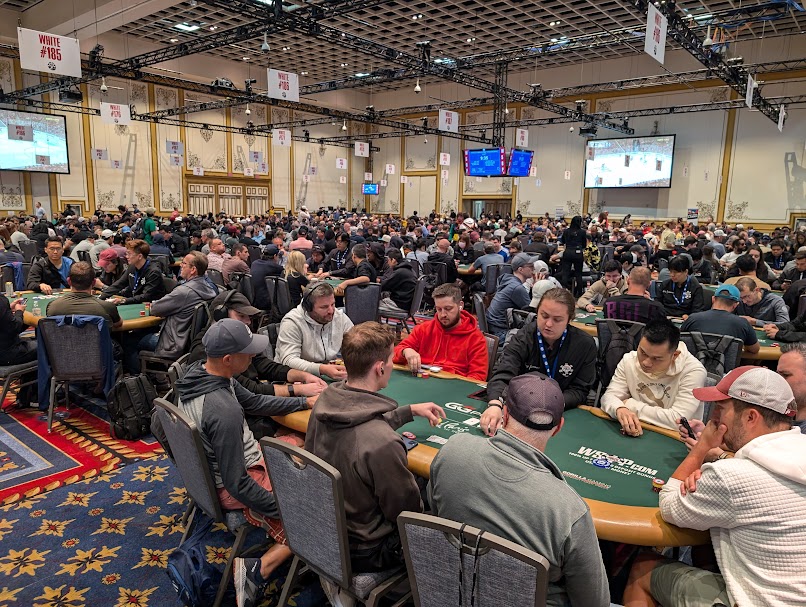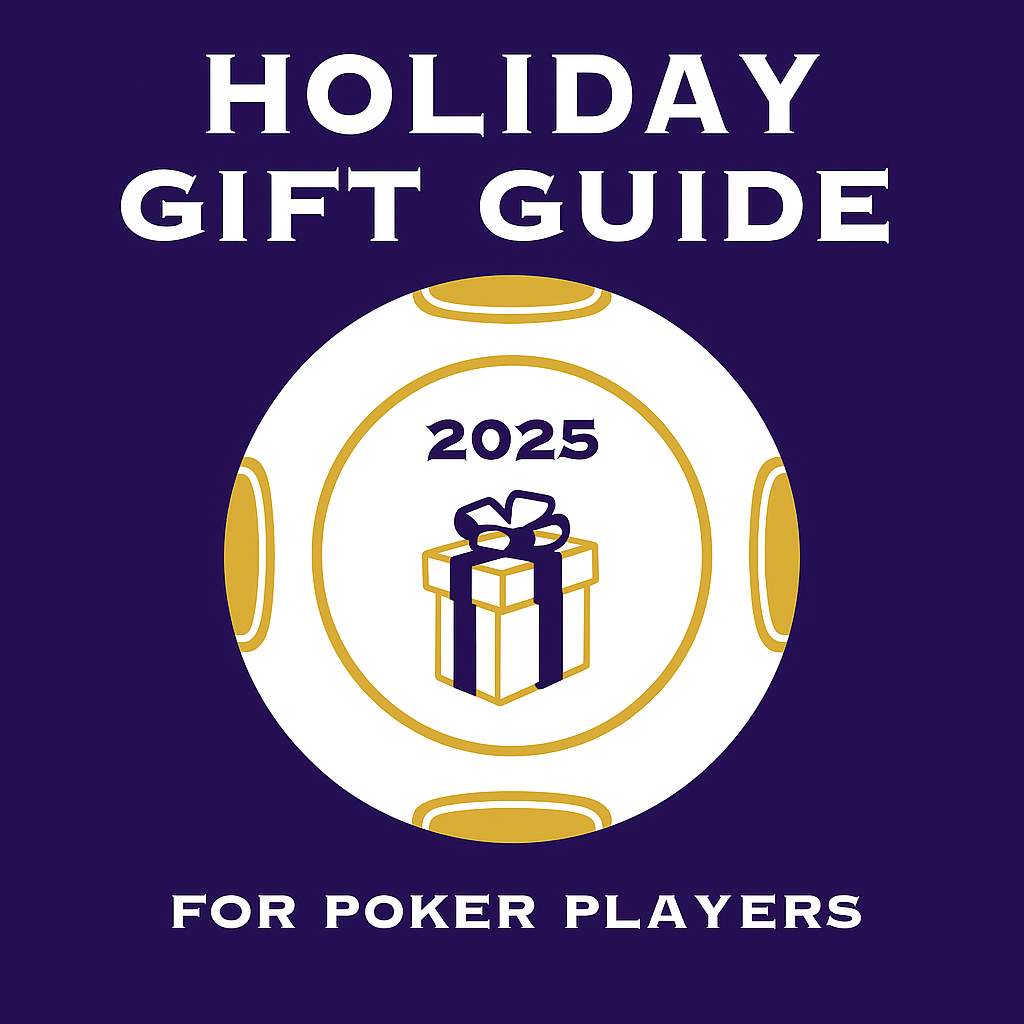Live poker feels different the very second you pull up a chair. The sound of chips clicking, the hum of hushed conversations, that electric tension in the air; it all demands a unique approach.
Before stepping into a real-money game in a land-based poker room or casino, it’s worth reviewing a comprehensive live poker strategy guide that explains table dynamics, body language, and pacing. With the fundamentals locked in, you’re ready to dive into some proven tactics that separate the timid from the triumphant.

The World Series of Poker is the biggest, most prestigious live poker event series in the world.
Reading the Table’s Rhythm
What’s happening around you? That’s the first question you need to ask. Are players talking incessantly, trying to tilt the table with chatter? Or is it grim and quiet, everyone hunched over their cards? By observing opening bets, frequency of raises, even how people stack their chips, you can map out the table’s personality.
For instance, depending on the type of game you’re sitting in, you’ll know what maneuvers to make:
- Tight tables reward aggression — steal small pots when you sense hesitation.
- Loose games call down too light — value bet more often.
Notice how certain players react to pressure. Some fold faster than you can blink; others double-barrel with air. Recognizing these patterns, even subconsciously, gives you an edge that you simply can’t replicate online when you can’t actually see your opponents.
Decoding Non-Verbal Signals
If you’ve ever watched high-stakes poker on television or a live stream, you’ve surely seen the pros raise an eyebrow or shift forward just before a big hand. It’s no accident. Body language in live poker is a treasure trove of information. A trembling hand might reveal a huge under-pair or a monster draw. Eyes that dart away quickly after the flop? Chances are there’s strength there — and the player wants you to think otherwise. While experienced pros might have these mannerisms under control, the weaker and less experienced players are, the more likely they are to exhibit non-verbal signals (tells).
Don’t get obsessed, though. It’s easy to see tells everywhere and end up second-guessing every move. Instead, pick one or two opponents who stand out. Build a “baseline” for their behavior — how they act when folding, calling, or raising — and then note the deviations. It’s a subtle dance of psychology, and half the fun comes from trusting your gut when the math feels too close to call. A classic tell to focus on is an opponent’s comfort level — often, players who are noticeably relaxed or composed are revealing strength, while signs of physical tension, such as a hunched posture or overly dramatic movements, can signal a bluff.
Timing and Tempo
Speed tends to speak volumes. A snap decision on a river bet often signals certainty. Conversely, if someone suddenly slows down, they might be wrestling with a tough call.
Match your own pace to the table. If everyone’s in a hurry, don’t slow the game; you’ll draw unwanted attention. If the crowd loves to linger over decisions, take your time — scrutinize every angle before you commit chips.
Mixing Aggression with Patience
Typically, many newcomers are likely to swing between passivity and over-bluffing. The key lies in balance. Calculated aggression forces mistakes. A well-timed 3-bet can steal blinds and antes without seeing a flop. Yet, patience reminds you that not every hand is worth the fight.
Have you ever chased a gutshot straight so far it hurt? That kind of regret teaches patience quicker than any strategy article. Embrace waiting for the right spots: position, stack size, player type — all of these elements come together like puzzle pieces during a poker session. Just remember to keep the following in mind at the felt:
- Raise when you sense weakness.
- Fold when the risk outweighs the reward.
- Adapt constantly; rigidity kills your edge.
Final Thoughts
Live poker isn’t a rigid formula; it’s a living, breathing contest of wits. Embrace uncertainty, stay observant, and always be ready to adjust. The rush of reading an opponent correctly — or folding out of pure discipline — is why we love the game (and how to preserve and grow your chips stack!





